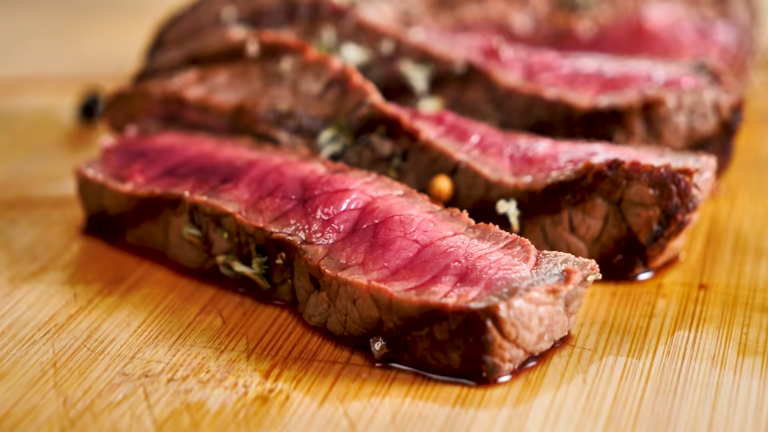Smoking meat is a time-honored tradition that combines culinary artistry and patience to create flavors that are truly unforgettable. The process involves cooking meat slowly over low heat while exposing it to flavorful smoke, resulting in tender, juicy cuts infused with rich, smoky aromas. To master the art of smoking meat, one must understand the importance of selecting the right wood, preparing the meat properly, and maintaining precise control over temperature and timing.
The choice of wood plays a critical role in determining the flavor profile of your smoked meats. Different woods impart distinct flavors; for example, hickory offers bold and hearty notes ideal for pork or beef ribs, while fruitwoods like apple or cherry lend a sweeter and milder taste perfect for poultry or fish. Mesquite provides an intense smokiness suitable for robust cuts like brisket but should be used sparingly to avoid overpowering the dish. Experimenting with various combinations can help you discover unique flavor pairings that suit your palate.
Preparation is another essential step in achieving exceptional results. Start by selecting high-quality cuts of meat with good marbling since fat enhances tenderness and flavor during smoking. Applying a dry rub made from spices such as paprika, garlic powder, brown sugar, salt, and pepper adds depth to the final product while forming a delectable crust known as bark. For larger cuts like brisket or pork shoulder, consider using a marinade or injecting liquid seasoning directly into the meat to enhance moisture retention throughout the long cooking process.
Temperature control is arguably the most crucial aspect of smoking meat successfully. Maintaining consistent heat between 225°F and 250°F ensures even cooking without drying out your protein. Using indirect heat by placing coals on one side of your smoker allows you to cook “low-and-slow,” which breaks down connective tissues in tough cuts while preserving their juiciness. A reliable thermometer is indispensable for monitoring both internal meat temperature—typically aiming for 195°F–205°F depending on cut—and ambient smoker temperature.
Patience is key when it comes to smoking meats; rushing through this meticulous process will compromise both texture and flavor development. Allow ample resting time after removing your smoked masterpiece from heat so juices redistribute evenly within each slice—a small yet vital detail often overlooked by beginners.
By mastering these techniques—selecting appropriate wood types, preparing your protein thoughtfully, controlling temperatures meticulously—you’ll elevate backyard barbecues into memorable feasts bursting with smoky goodness sure to impress family members & friends alike!





